
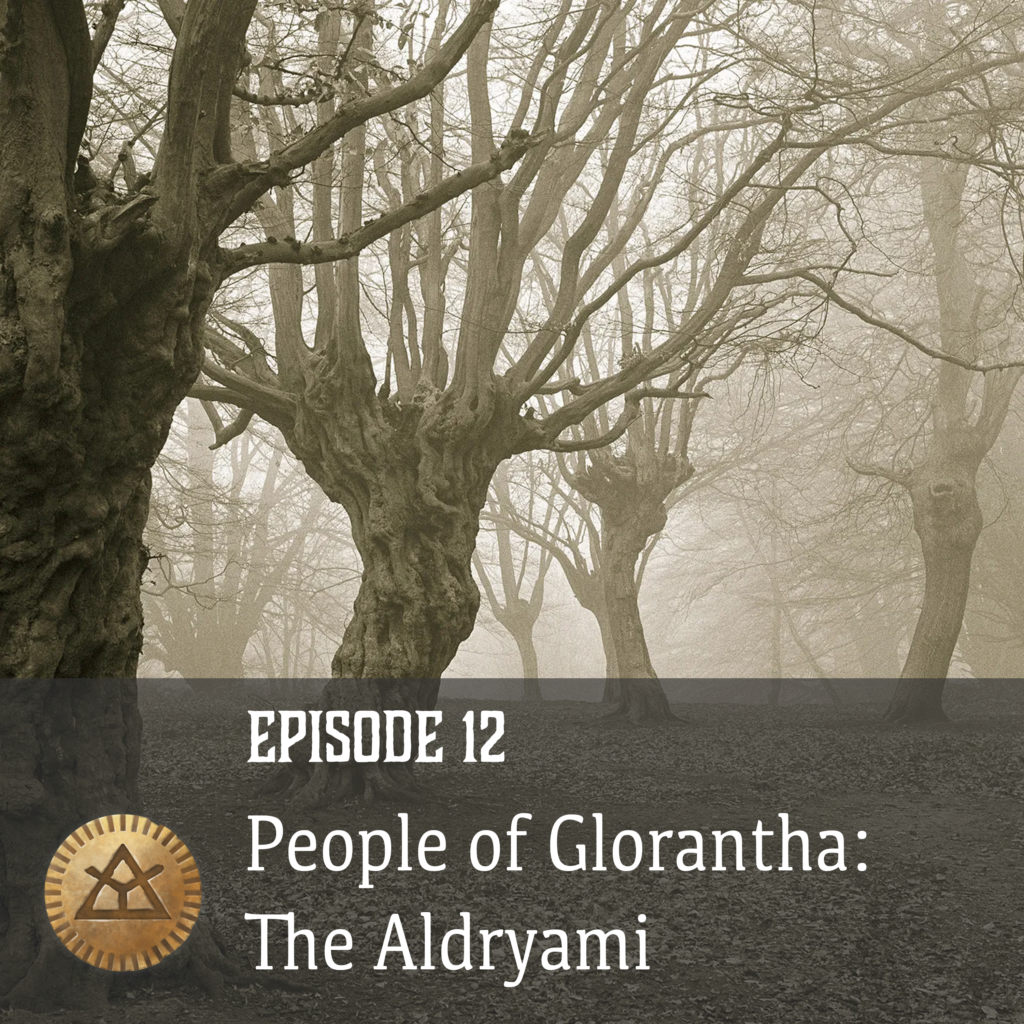
Shannon Appelcline is our guest for the 12th episode.
Shannon tells us about his entry into the roleplaying genre, which features the typical games of the early eighties. RuneQuest became one of his main systems when he joined the Erzo game by Eric Rowe, a long-running campaign set on Eric’s own universe, but he also started exploring Glorantha. In the 1990ies , Shannon joined the Chaosium staff.
Shannon’s Glorantha credits include articles for Tradetalk magazine and Ye Book of Tentacles (a series of fundraiser books for the German RuneQuest convention). Shannon also organized RuneQuest conventions in the nineties, and his improvised “Hero Wars” logo made for the 1998 convention ended up on the product.
We talk about the upcoming Elf Pack for RuneQuest: Roleplaying in Glorantha (the manuscript has been handed in, which means that a series of time-intensive steps need to follow).
Three Generations of Elf Pack
We learn about the incarnations of Shannon’s Elf writings, starting with a coverage of all elf forests of Glorantha for the HeroQuest (1st edition) line of Issaries Inc. But due to delays, Greg Stafford taking a sabbatical teaching English and studying shamanism in Mexico, the Issaries line closing down, and HeroQuest 2nd Edition taken in license by MoonDesign, this first manuscript was never published.
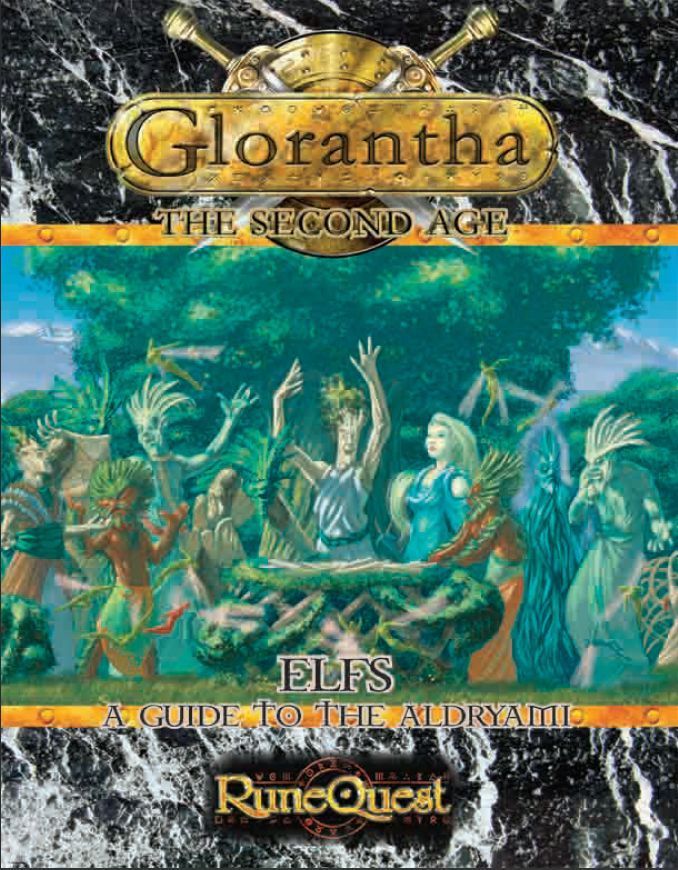
Around that time, Mongoose published their “Glorantha – The Second Age” line, and unwilling to see some other authors contradicting more than 1000 pages of material, Shannon contacted Mongoose and offered to write the elf supplement for them. Despite usually working with in-house writers, Shannon managed to convince the company. The result was Elfs: A Guide to the Aldryami, written in just three months – a short time compared to the other two manuscripts, but very long for a Mongoose RuneQuest book.
About the current version of Elf Pack, we learn that it is (mostly) focused on the Dragon Pass area, like the rest of the latest RuneQuest books.
Designers & Dragons
Shannon’s major contribution to the hobby is his history of roleplaying games titled Designers & Dragons. An original massive 2-volume book expanded into the current form which has four books, with one book per decade. It is available in print from Evil Hat (or translated into other languages, like German or French), with additional volumes with somewhat different focus added over the time.
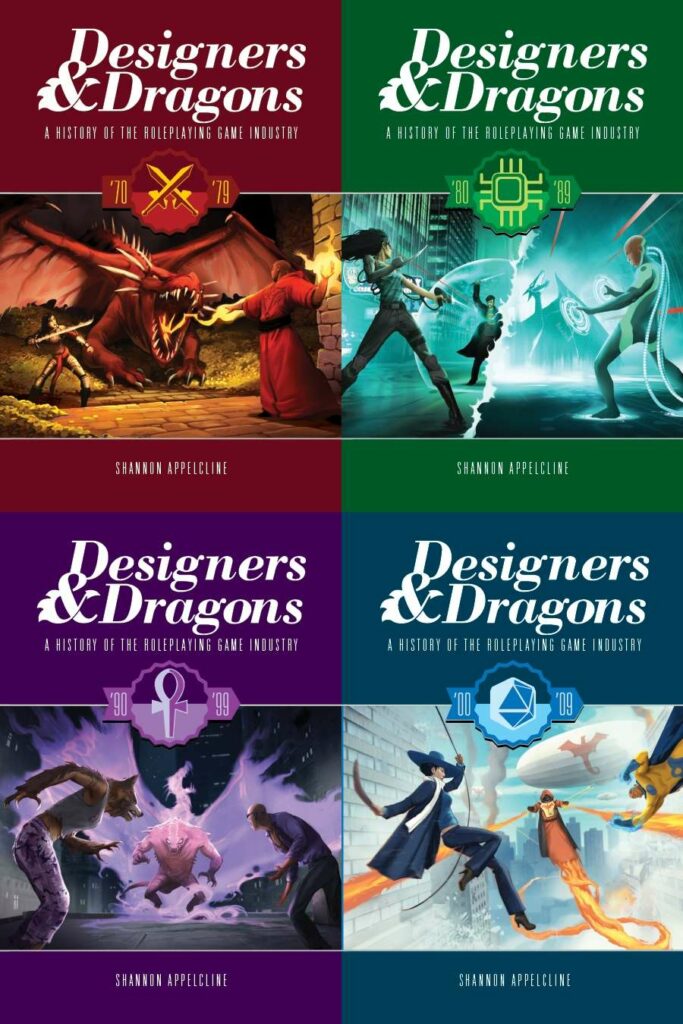
It’s also available here:
Shannon has a few more volumes in the works, including “The Lost Histories”, two volumes of stuff that did not go into the first four volumes.
Shannon talks about Reaching Moon Megacorp as one relevant example of Gloranthan publications.
The 2010s volume is about to be collected, as a certain distance is required to make sure no trends are overlooked: Shannon talks about how his volume on the 2000s missed the Old School Renaissance movement.
Another ongoing project is four volumes on the TSR histories talking about all 100+ TSR publications (OD&D, 1st ed. AD&D and Basic D&D) for the D&D Classic website on Drivethrurpg.
Last but not least, Shannon is working on a publication history of Traveller for Mongoose.
We also mention a recent article on rpg.net on the many editions of RuneQuest, Traveller and Talislanta, part of Shannon’s Advanced Designers and Dragons series there which adds current events, eulogies, and occasional glimpses into the work-flow.
News
Ludo makes the shout-out for the Journal for Runic Studies, his weekly newsletter/blog series, and our most recent episode on Newcomers to Glorantha featuring Diana “Berra” Probst.
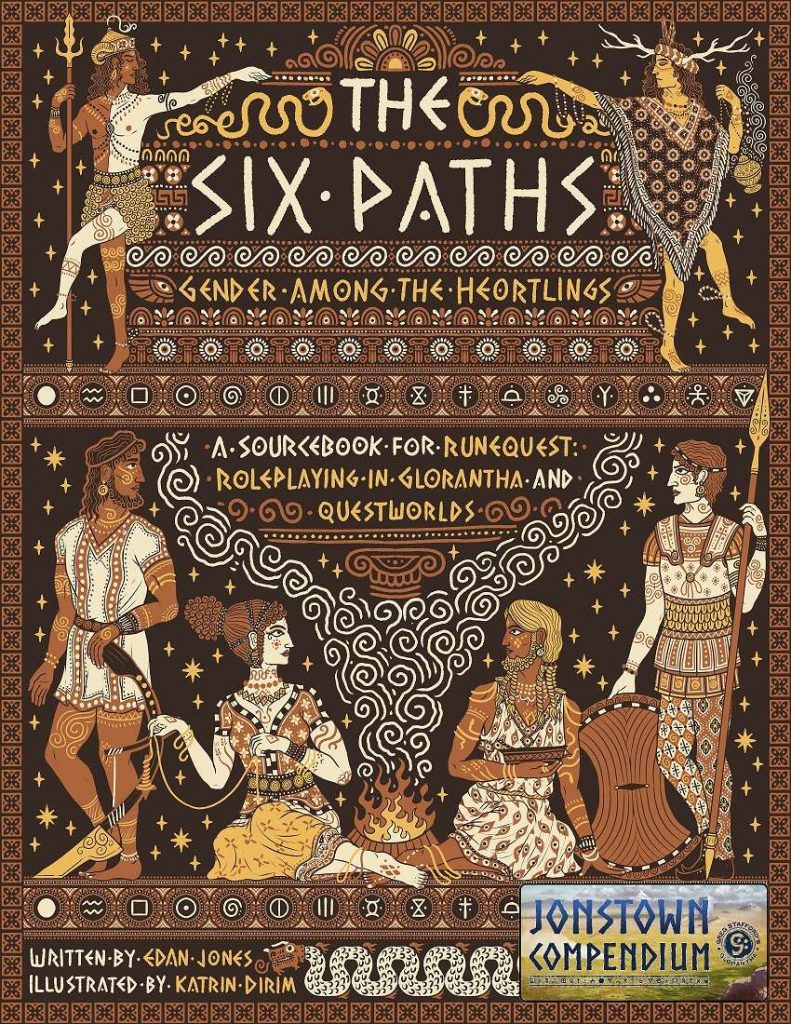
The Six Paths by Edan Jones (aka Tindalos) and Katrin Dirim on Drivethrurpg, already as Print-on-Demand softcover.
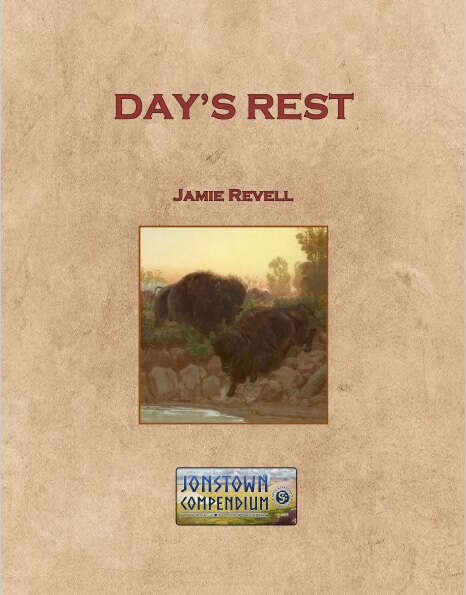
Day’s Rest by Jamie Revell is also out.
Aldryami: The Elfs of Glorantha
This is not an “Aldryami 101” episode, we assume that listeners have, at least, access to the Glorantha Bestiary. For a full newcomer presentation of the Aldryami, you can of course read the Bestiary, or watch the Exploring Glorantha episode on the topic.
Elf Culture
Elevator pitch: Plant people in tune with their forest interacting with it in a collaborative way where they really are all one
Comparison with Tolkienesque elves in standard fantasy (literature and rpgs) and the difference in appearance.
Evolution of elf depictions for RuneQuest: Gaunt faces, spiked ears – that’s about the main common denominator of early elf artwork, with increasing treeishness as the time proceeds.
Different elf types matching certain types of trees or forests.
Is there space for “elfs” based on other plants?
Shannon mentions vampiric trees sucking up nutrients or sap from other trees in the network.
Undead as seen by elfs – petrified trees, trees hollowed out by insects, vampiric ones.
Vine elfs – Shannon wrote a myth why those aren’t around any more.
Elder Races pantheons may tend to be smaller than human ones.
Elf deities shared with humans
Seedings of generations of gods by primordial ones.
The Elf “Secret” – Elfsense, the ability to pick up the experiences of plant beings around them.
The importance of Aldrya, who upholds the forest
Elf Philosophy
Balance: Growth balanced by Taking
Cycles: Reincarnation, though without memory of individual experiences (but then those are held by the forests)
Making the myth matter in the game
Lots of myths not included in the Elf Pak manuscript
Myths as patterns for a heroquest (another word for an adventure)
A preview on the upcoming scenario “The Great Graft”, set in the Stinking Forest
The first Pruner among the elfs
Playing an Elf
Four major Passions:
- Loyalty to Forest – find out the goals of your forest
- Devotion Grower – further Growth, spread life
- Devotion Balance – realize that every single elf is your brother, and all the other races are too, even though they may have the opposite job
- Devotion to Cycle – things that are killed will return, and so will you if you die.
Different psychology of Green and Brown Elfs
Elf emotions being spread out into the forest, delaying a reaction.
Green emotions (communal) vs. Red emotions (individual) vs. Black emotions (anti-community).
Five forests of the Dragon Pass region:
- The Old Woods (easternmost region of Arstola) – dissidents from mainstream Arstola, lost the site of the Great Tree when probably Arkat cut it down at the end of the Dawn Age
- Tarndisi’s Grove – about the smallest an elf forest can become
- The Stinking Forest
- The Vale of Flowers (including the normal trees of the Flower Wood)
- The Dryad Woods – including an adventure about the Forest of Wondrous Beasts
Not included, but Shannon elucidates on it: the Redwoods of Dagori Inkarth/Prax
Bringing elfs into the game:
Rootless elfs – elfs cut off from Elfsense
Rooted elfs – elfs pursuing the goals of their forest
Elfs are long-lived and have long-rooted plans
Range of elf-sense – a quarter-mile outside of the forest they lose contact and are left alone with their emotions etc.
Purpose-grown material or even individuals
The role of rootless elfs in elf society – a constant source of pity
Flamals seed came to rest on the three elements. Those that fell on Gata (Earth) became the Green, Brown and Yellow elfs, those that fell on Sramak became the various types of Murthoi or Blue elfs, and those that fell on fire became the lost White Elfs of the peak of the Spike. Those are the true elfs.
The Hybrid Races were born out of the moment of Balance between Growing and Taking, and that’s where the Red Elfs are grouped by the true elfs, right alongside the humans and other non-autotrophs.
Lesser aldryami races – Runners, Pixies, Sprites
The role of the dryads in elf society – demi-gods, something akin to the Mistress Race uz.
First encounter in an elf forest – usually an arrow.
Kings and queens of elfdom, nobility of the elfs, are more of a diplomat caste than rulers.
Vronkali were the ones who learned to Take in order to survive. The Mreli chose to accept death rather than give up their natures, and got re-awakened after the Dawn.
Hostility between elfs and other Elder Races.
Does the Cycle come into the destruction of the world in the Gods War? Shannon counters with Grower being reborn as five entities, finally Voria to restart the Cosmos.
Elfs and the Man Rune – individuality as the primal sin, the unfortunate outcome of the Green Age ending.
Intra-elf conflicts: God Learners call it Aldrya’s Woe, the elfs call it the Planting.
Credits
The intro music is “The Warbird” by Try-Tachion. Other music includes “Cinder and Smoke” and “Skyspeak“, along with audio from the FreeSound library.